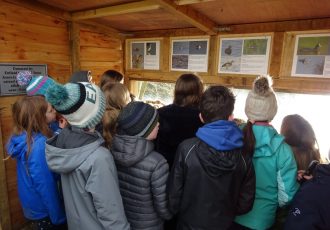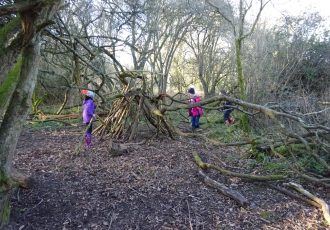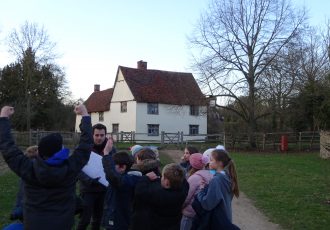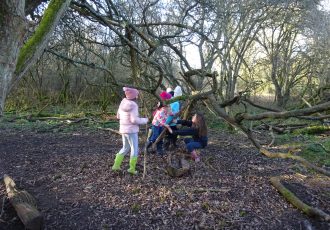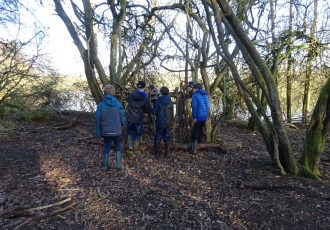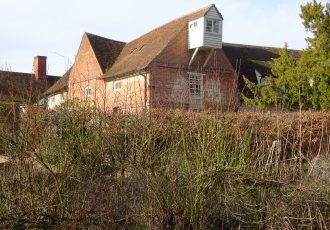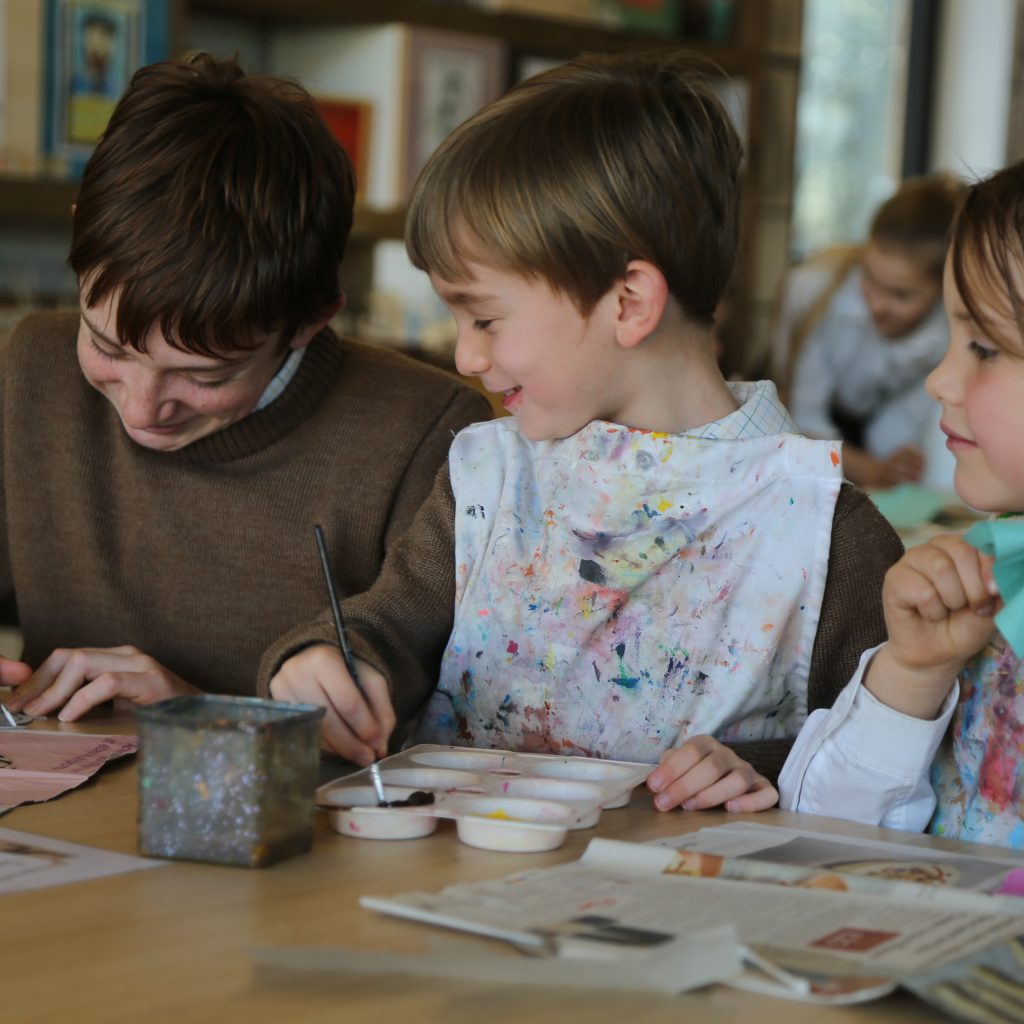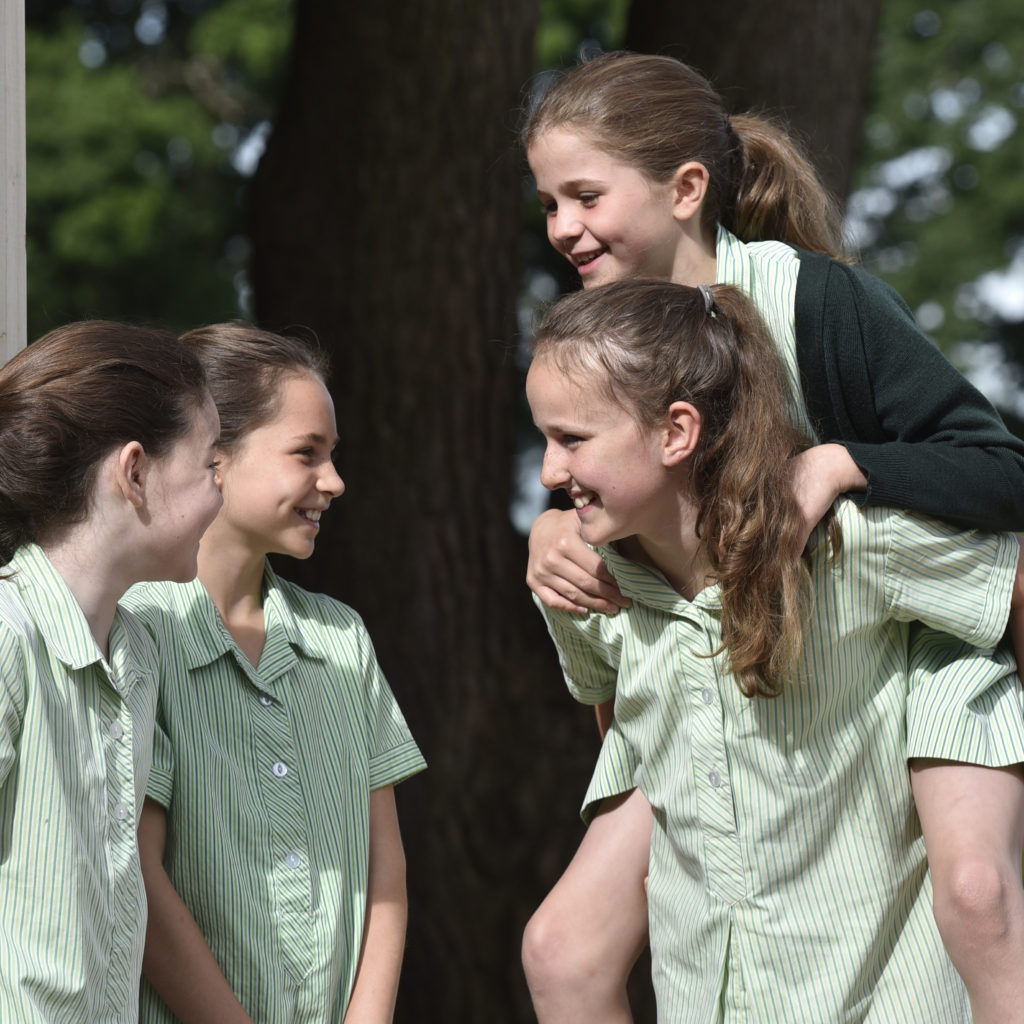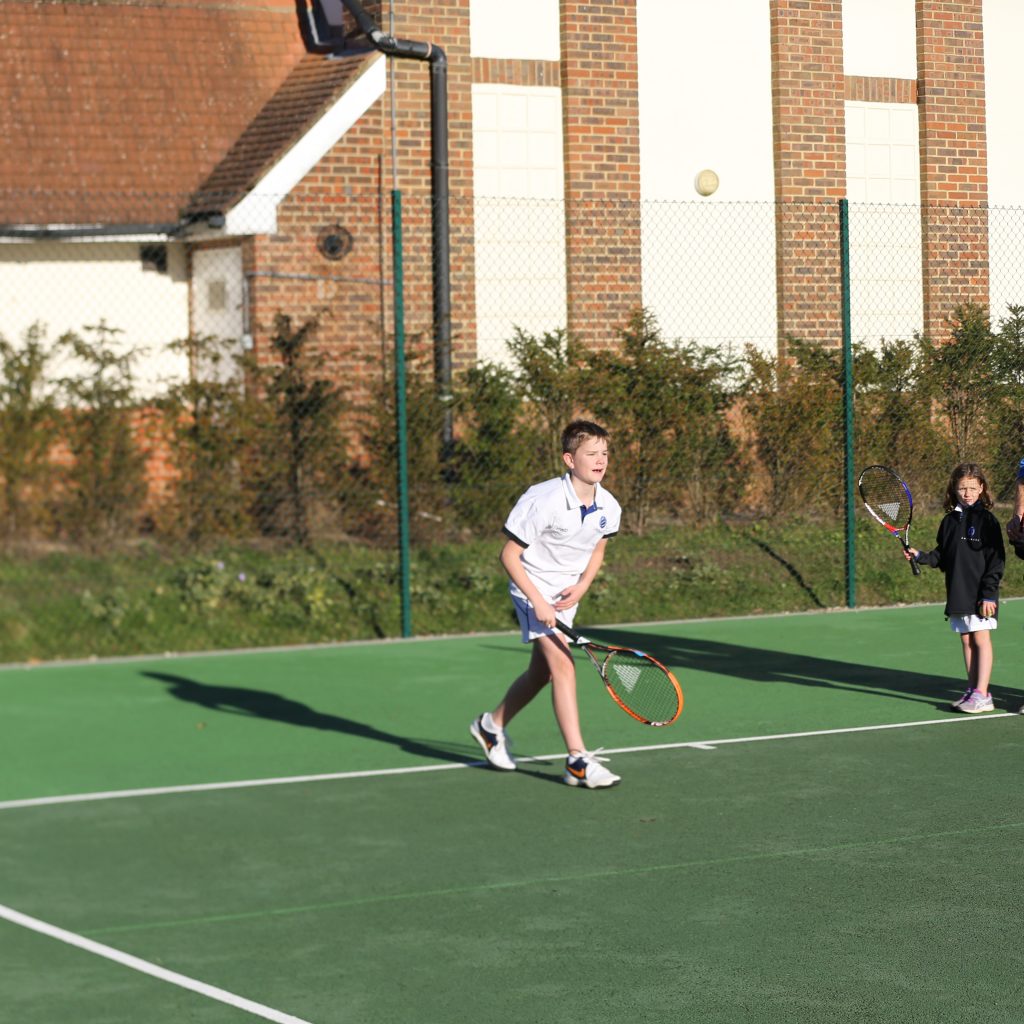Five go to Flatford Mill!
On the last three days before half term Year 5 found themselves on a coach winging its way to Flatford Mill in Suffolk, famous for John Constable’s painting of the Hay Wain, which is reputably Britain’s favourite rural painting and has adorned countless biscuit tins for generations.
The Science trip, was led by Mr Lawrence and supported by Mrs Page, Mrs Potter, Mr McLeod, Mrs Lillywhite, and two GAP students – Mr Soal and Miss Erbrich; with the aim of giving pupils their first taste of field work as well as other fun outward bound activities such as den building, map work and navigation.
After a smooth trip we arrived just before lunch. Pupils were assigned their rooms and after a packed lunch were given a briefing and separated into three groups. Then the fun really began. All three groups were on a rolling timetable of activities which ensured that over the three days everyone took part in all the activities, led by center staff with Amesbury staff on hand to support and help oversee. During the day pupils took part in den building, which got quite competitive, Eco Action which involved a role play activity based on the story of the Lorax, they learned to make fat balls with seeds to feed winter birds, a big bug hotel and they also went to a hide to do some bird watching over the lake. Others did map work and some orienteering. To record the activities of the three days each child kept a log and answered questions or drew diagrams associated with some of the activities. They also had other challenges such as identifying fifty different animals that they could see around the centre.
Before dinner all the groups set up humane traps in the woods near the accommodation to see what mammals were active at night. These were left overnight
until the morning when they would be inspected. After a vegetarian dinner, two groups dressed warmly, went on a night walk around the lake, whilst the other group sat around a campfire, singing songs and enjoying hot chocolate.
Everyone was up bright-eyed and bushy-tailed for breakfast and to make their packed lunch at 6:45am. After breakfast the first task was to inspect the traps, which had been retrieved by center staff. A collection of voles, a field mouse and some shrews were found. After inspection in bags, they were all released unharmed and we all went into our groups to continue with the activities. It was interesting to see the shrews swimming through the grass to make their escape, whilst the mice and voles hopped away.
An additional activity added to the program, was pond dipping, which was very popular and undertaken by the groups in rotation. The wildlife around the mill pond was delightful. There was a relatively tame kingfisher, an egret and a heron living around the mill pond and the sharper eyed children saw them. Whilst pond dipping, the children discovered roach, stone loach, sticklebacks, mayfly larvae, caddis larvae, damsel nymphs, dragonfly nymphs, non-biting midge larvae and water boatmen. Back in the classroom they examined some of the invertebrates under a microscope and sketched them.
The programme was continued with the groups completing some of the other activities they had not previously done and this went on until dinner time. Before dinner there was some brief down time and then after dinner the evening activities were repeated. That evening everyone went soundly to sleep – all suitably tired after a busy day in the fresh air!
On the third day all the activities were completed until lunch time. After a packed lunch the coach was loaded up and we made our way home. All the children had an amazing time. They saw how much fun science can be and learned a great deal about habitats and a bit about looking after our environment. The children also learned about map reading and how to build a shelter that could keep them dry. I reckon that they can’t wait for their next science adventure.
Mr McLeod, Teacher of Science
